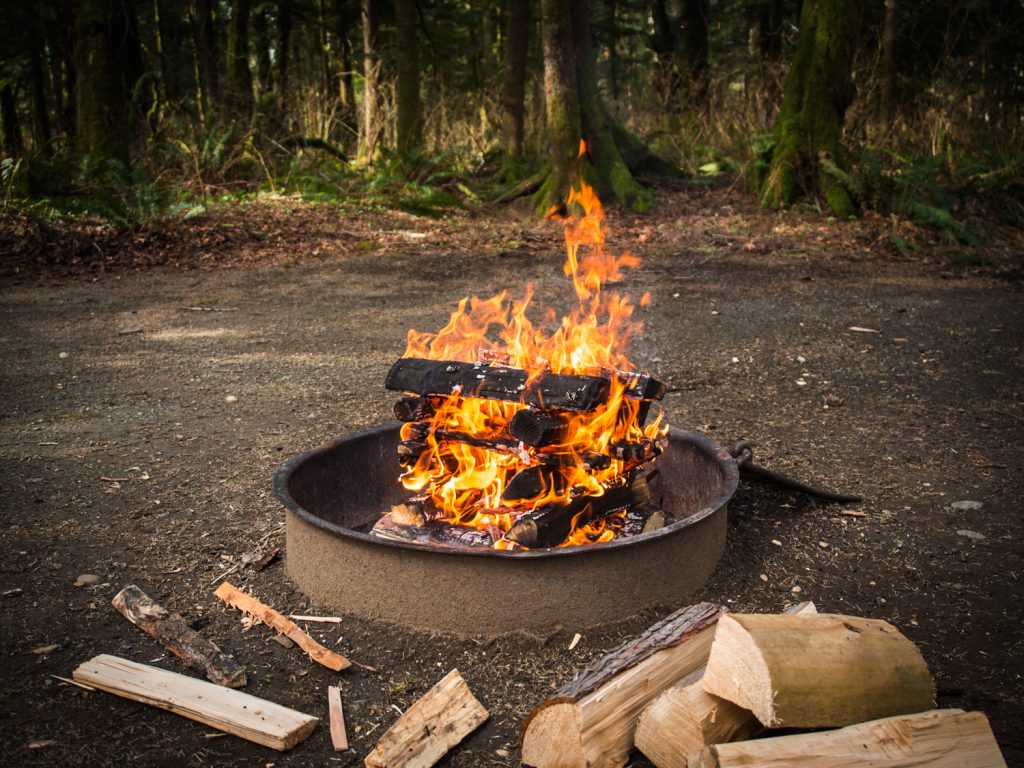Have you ever considered using a Firelighters for camping or survival? We are making the most of the outdoors and finding fun ways to enjoy it now more than ever. Fires have been used to survive for thousands of years and have evolved based on the wood and materials available. We now have many tools to assist us, such as flint and steel or, if you want to cheat, matches.
No matter how great they are, matches can get wet and become completely useless. Waterproof matches are expensive and frequently tricky to light. As a result, the moral of the story is that matches are not very reliable for survival. We prefer our firelighters as a survival tool because they are lightweight, odourless, natural, and most importantly, water-resistant.
Because fire allows you to enjoy the outdoors all year, it is arguably an essential skill to master, and is there anything more satisfying than building your own fire? Whatever your level of experience with lighting fires, our Natural firelighters are the ideal companion for your adventure. Here are the detailed instructions on how to do it properly.
Starting a Campfire With Our Natural Firelighters
Lighting a campfire requires little skill. However, you must exercise caution to avoid accidentally burning yourself or others. To start your campfire, take a Firelighter and ignite it in several places, allowing it to catch fire.
Never light a fire with a charcoal lighter, gasoline, or any other flammable substance. It is both unnecessary and dangerous. Also, never leave a fire unattended, and keep extinguishing materials (dirt, a shovel, and plenty of water) nearby in case you need them.
The following are the five steps to starting a fire with a lighter:
- Select a Site to Start the Fire
- Build a Fire Pit
- Collect Fuel for the Fire
- Arrange the Fuel
- Light the Fire
Now, let’s go over the steps quickly so you can get that fire going!
How to Light a Fire Using a Firelighter
You should have brought tools and materials to help with the process.
Components to Consider
- Shovel- Firepit preparation, safety
- Bucket- Safety, disperse water, sand
- Paper- Newsprint, brown bags, etc. to act as tinder
- Lighter- Heat component of the fire equation
1. Site Selection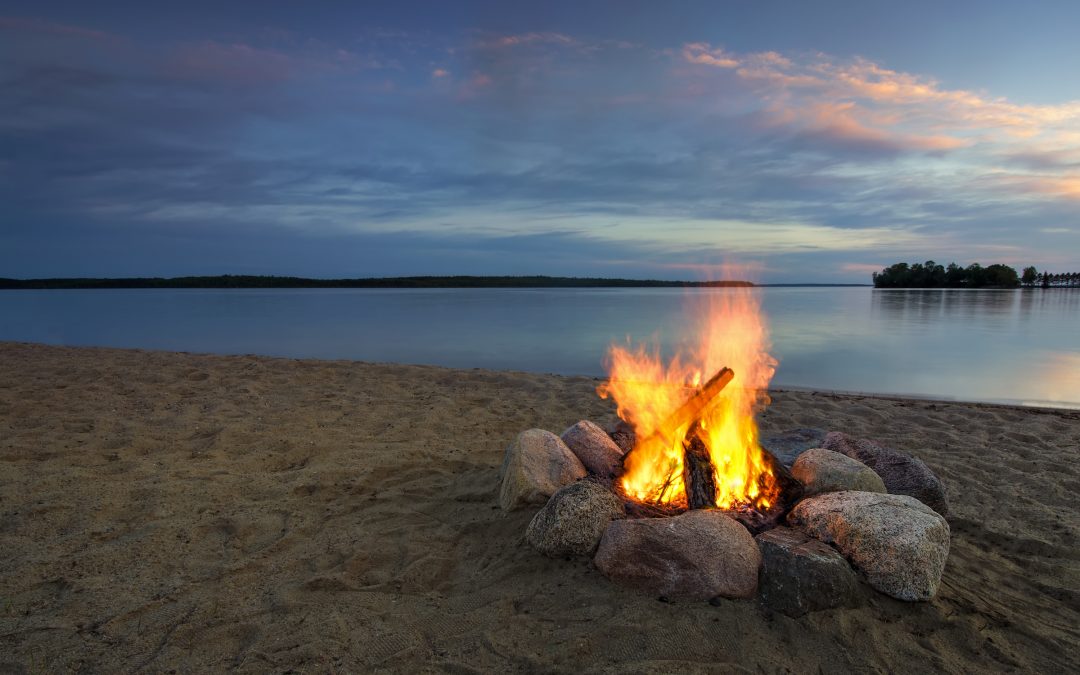
Here are some points to consider when deciding where to start your fire:
- Near water, surrounded by trees
- Flat ground
- Accessible firewood to collect
- Absence of fire hazards susceptible to embers
- Assess breeze
The campsite is the ultimate source for two of the three fire components. Even when the air is still, oxygen is present, but a slight breeze helps the campfire. As a result, try to construct a fire in an area with good airflow.
2. Build Fire Pit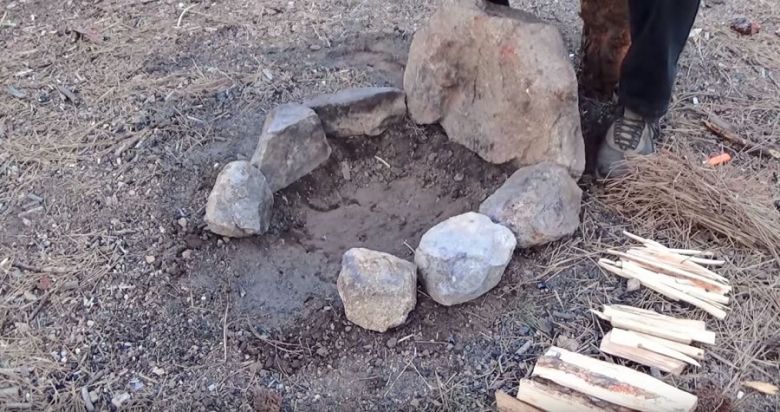
Guidelines for building a fire pit:
- Clear a space 3 feet in diameter
- If possible, excavate the pit to a depth of 6 inches
- Make a border around the pit with large (softball-sized) rocks.
3. Collect Fuel
Here are the combustible items you will want to gather to optimize the fire-starting process:
- Tinder- Tinder consists of easily flammable materials such as paper, twigs, dry moss, bark, pine needles, and so on.
- Kindling- Twigs and small sticks that will catch fire from the tinder
- Fuel-Stack larger logs upwind from the fire pit to provide a longer sustained flame.
4. Arrange the Fuel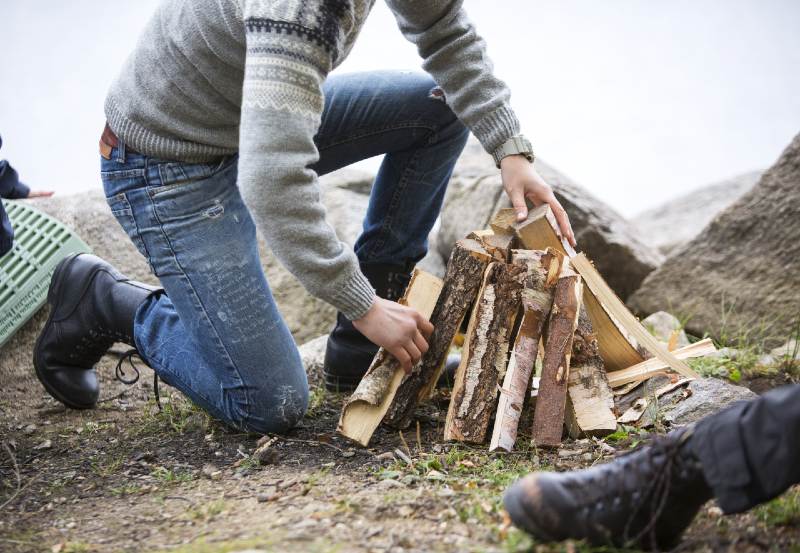
This step is critical to the success of the fire. To be successful, you must get this part right.
- Loosely arrange a good amount of tinder
- Determine a few locations where you will light the tinder.
- Arrange to kindle around and over the tinder, crisscrossing pieces
- Keep additional kindling handy to grow fire
- Have logs in reserve to add once the fire has taken hold
5. Light It!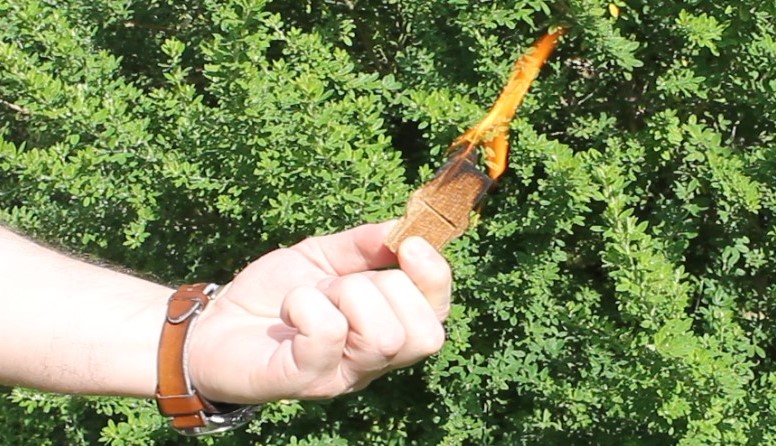
- Know your lighter, and make sure it can hold a flame for an extended period of time.
- Ignite the tinder at multiple points
After you’ve finished enjoying your campfire for the evening, make sure to completely extinguish it before retiring to bed. Begin by breaking up any larger logs to expose the fireballs. Pour a large amount of water on the fire and continue to add water until no smoke is rising. Cover the ashes with dirt after they have been extinguished.
For best firelighters go to: www.woodabrix.co.uk

